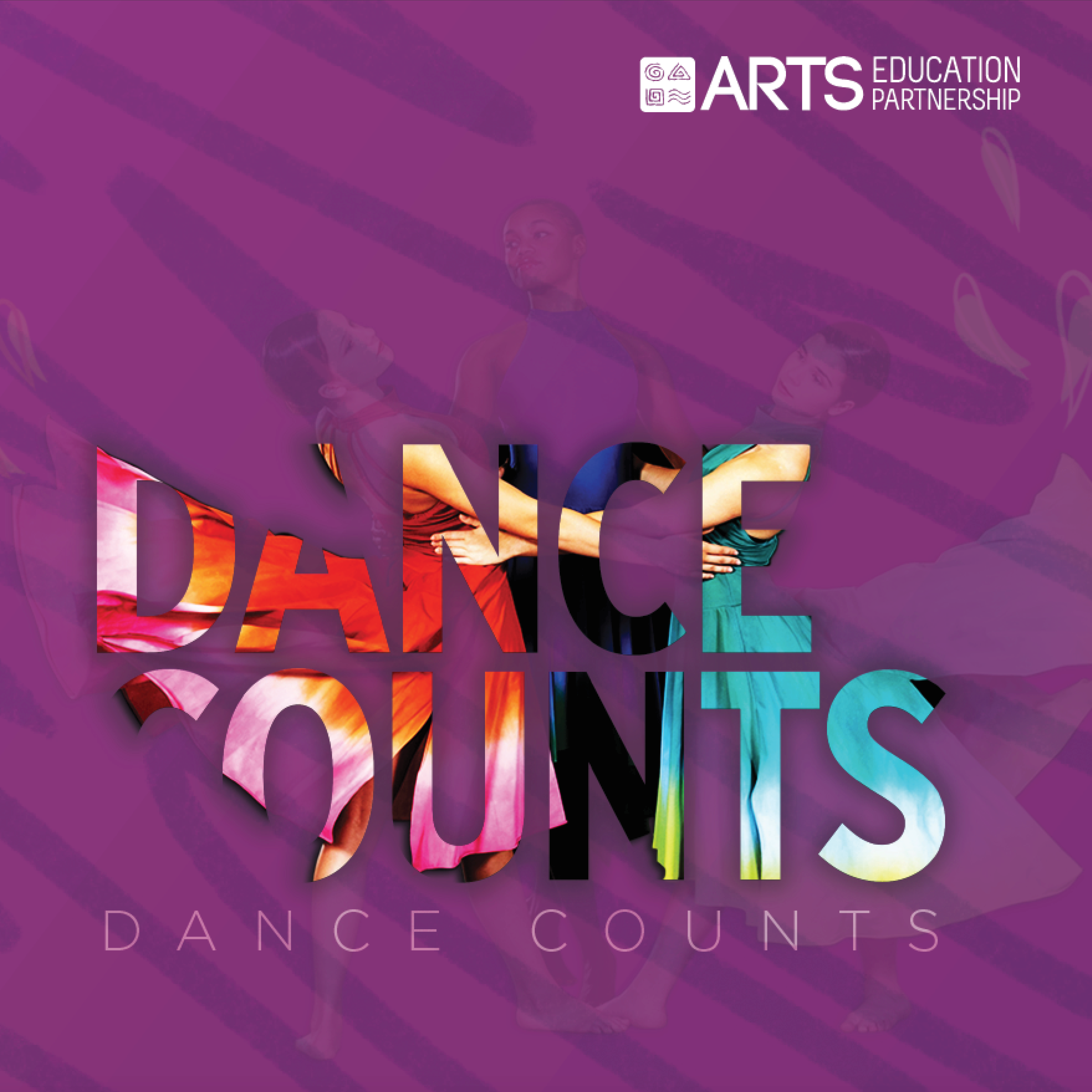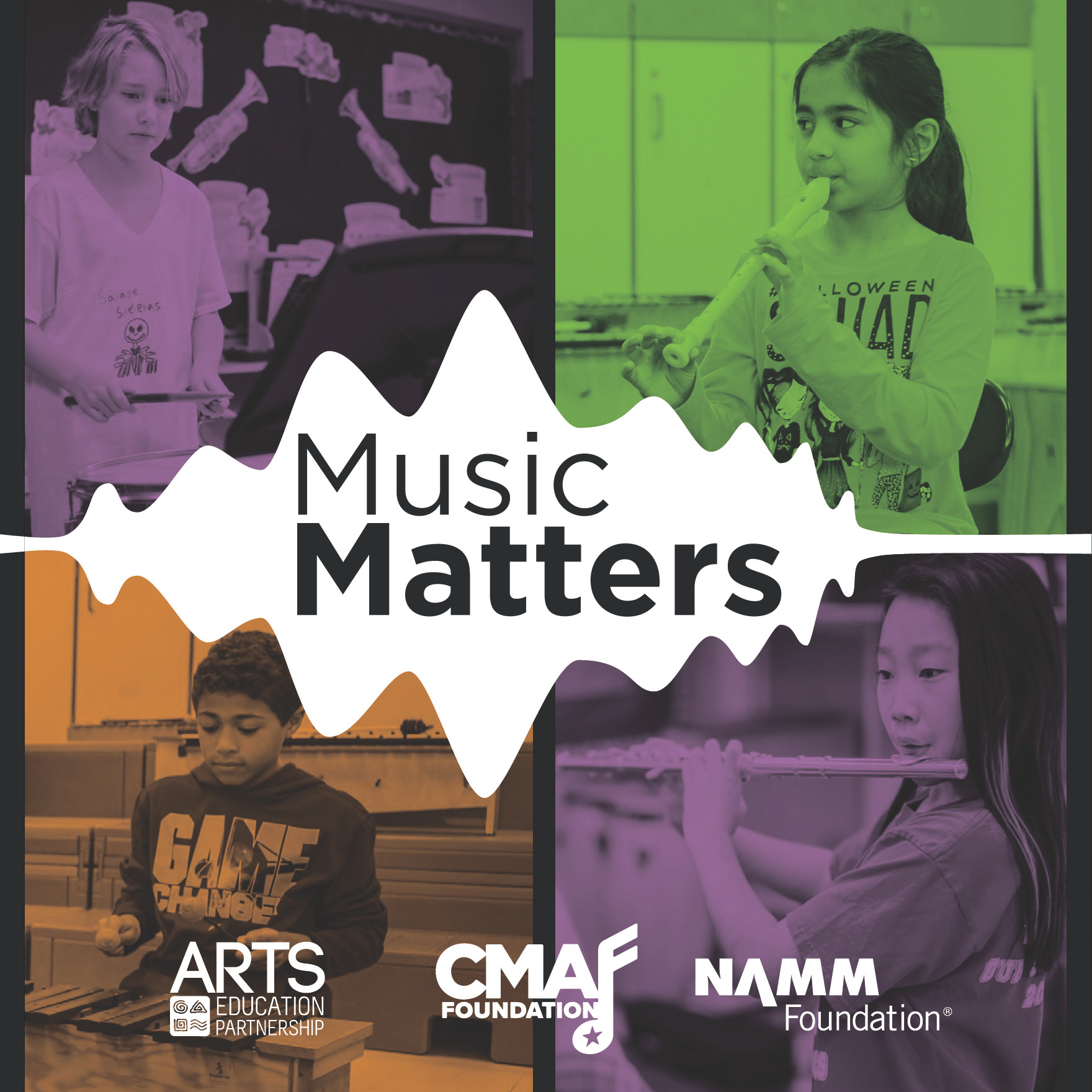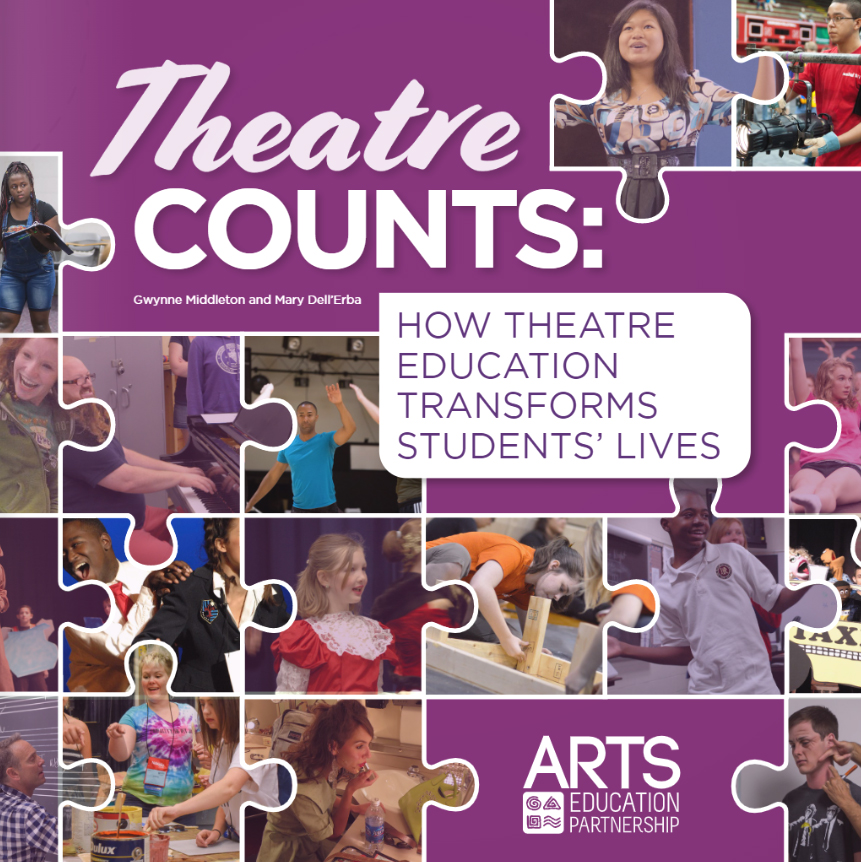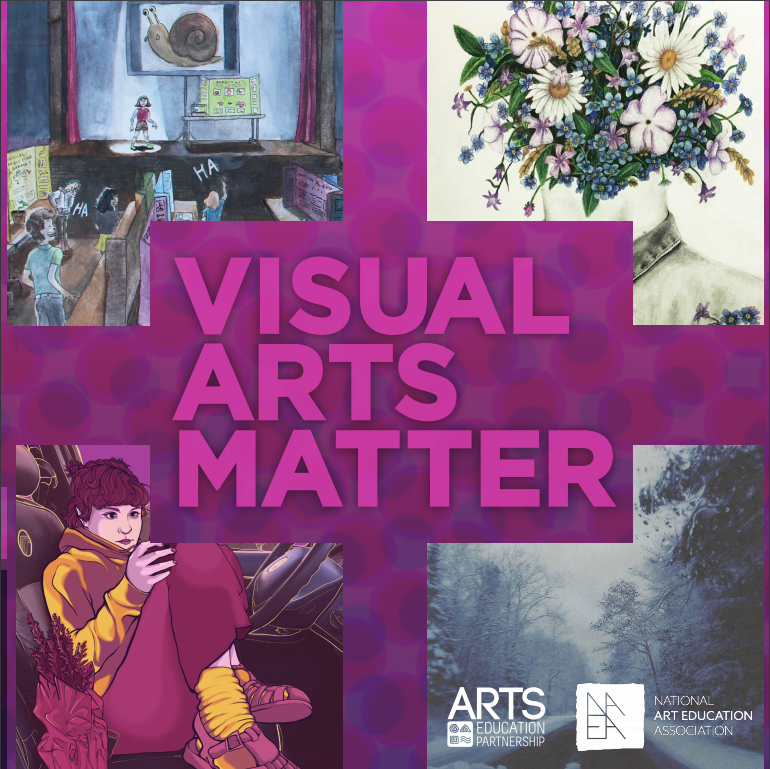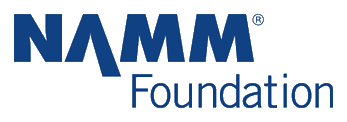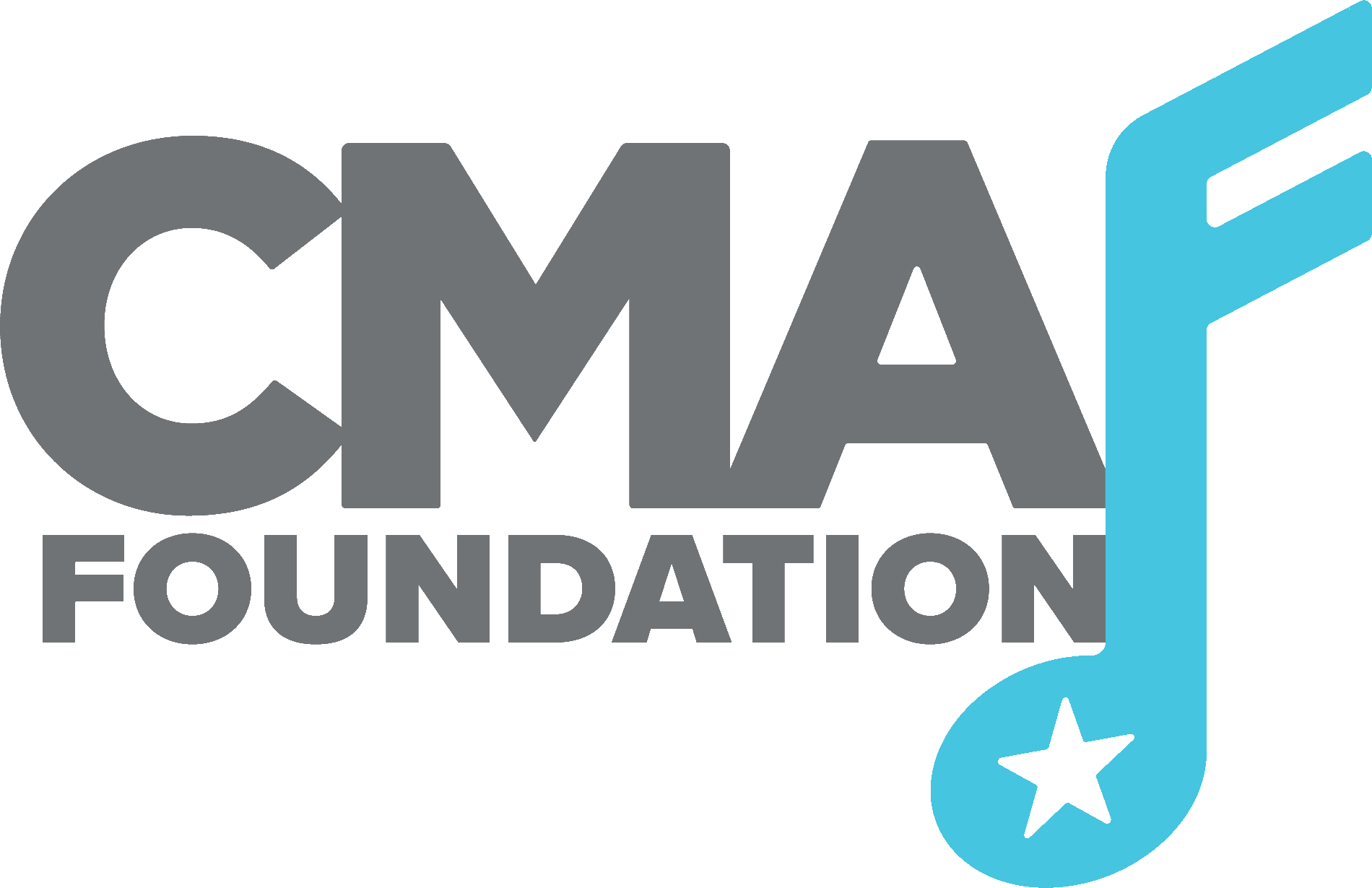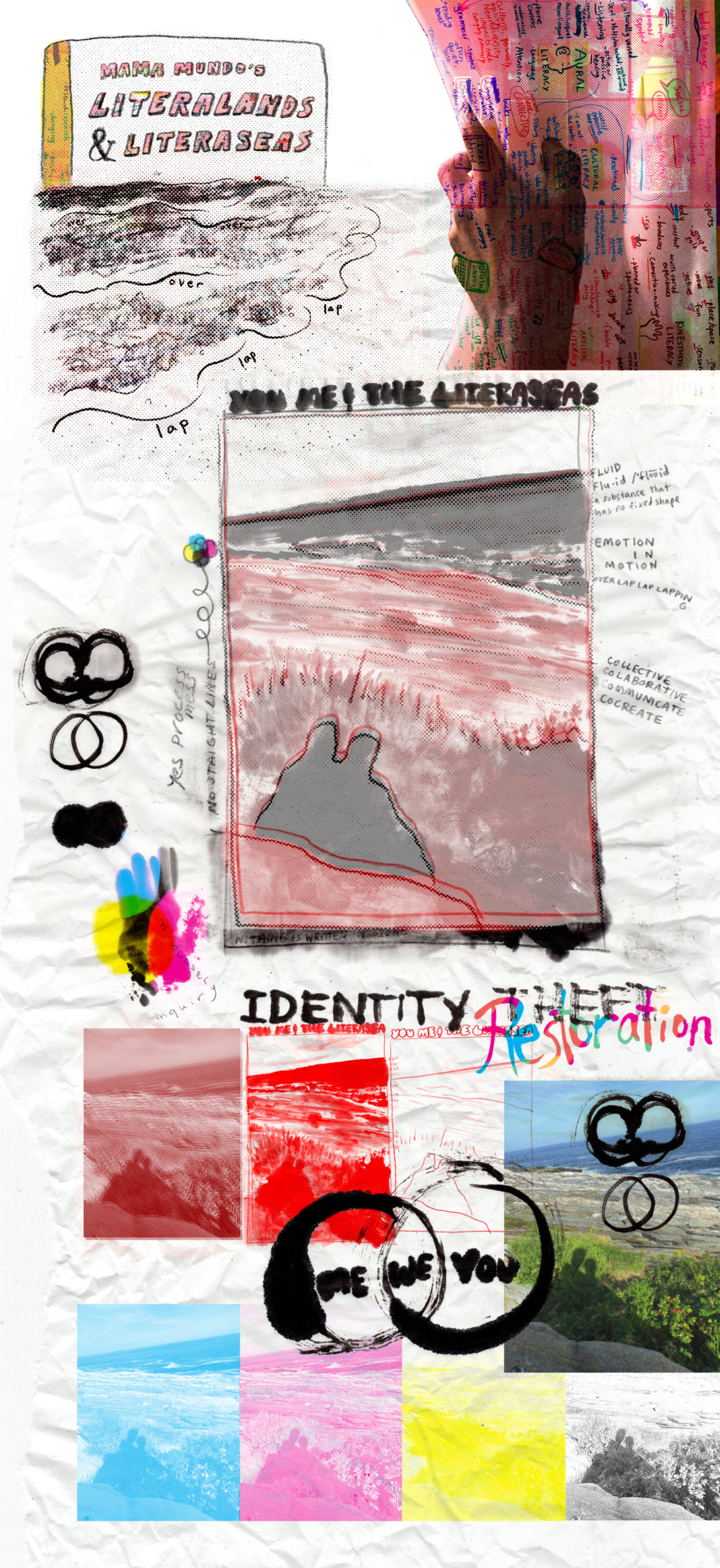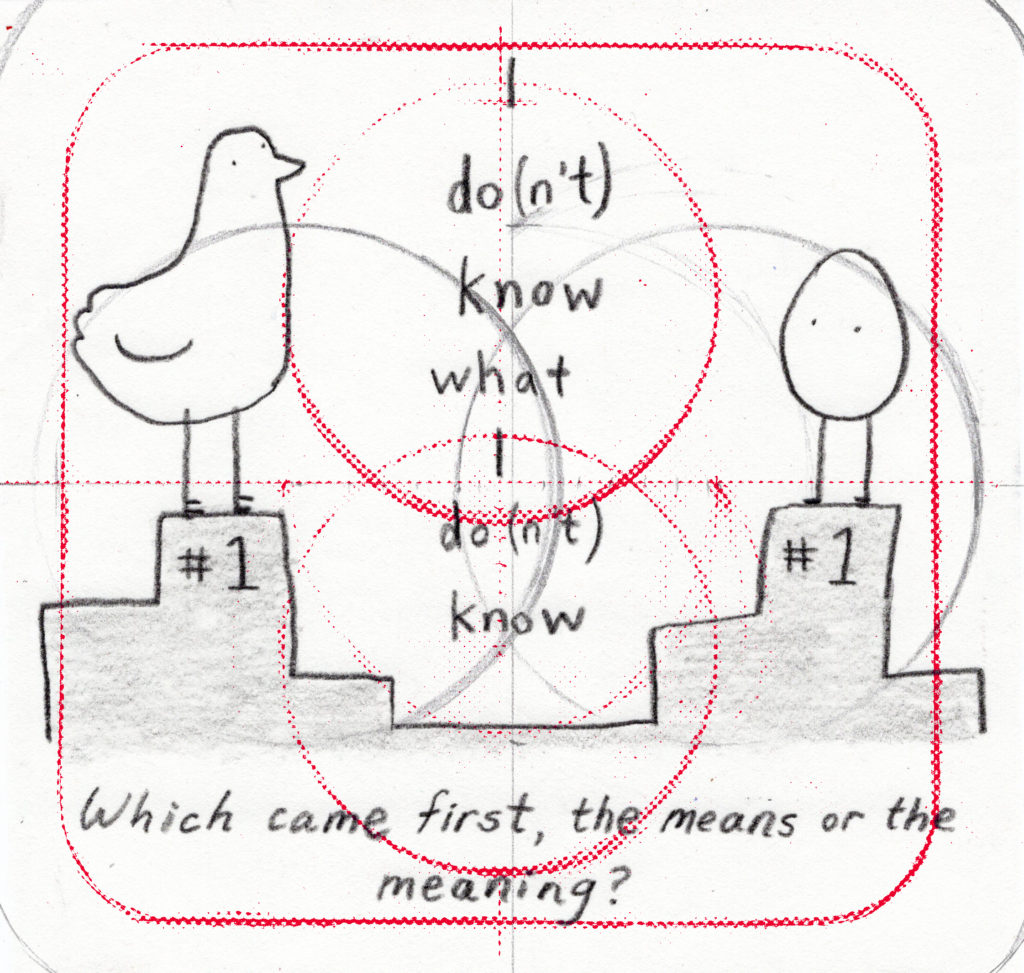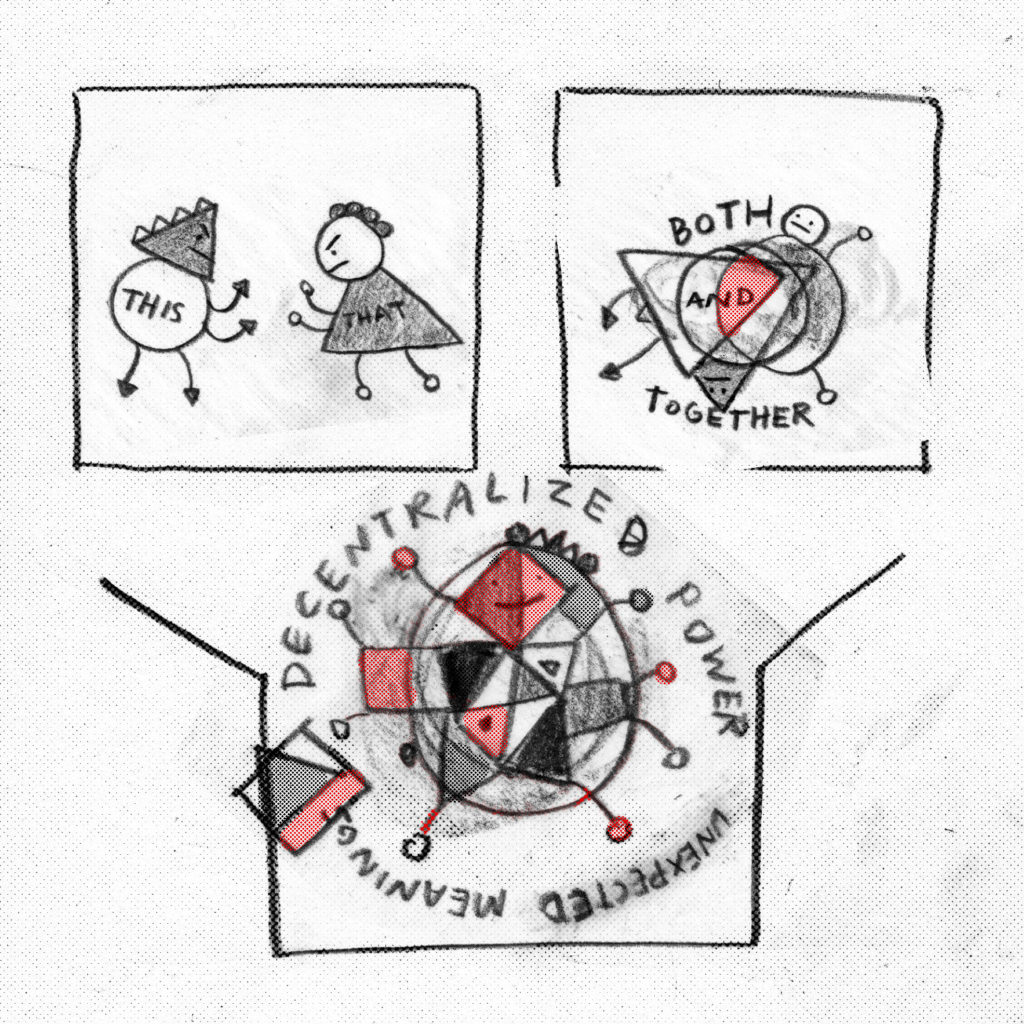
In May 2018, the Arts Education Partnership published Music Matters. This was the first in a four-part series of special reports that used ArtsEdSearch to illustrate the many benefits of arts education. The Arts Counts series went on to publish Visual Arts Matters, Theatre Counts and Dance Counts in the following years.
Aside from the well documented support the arts give to academic achievement in other subject areas, themes emerged about the many other ways the arts improve students’ lives in and out of the classroom.
The arts have a significant impact on a student’s understanding of their identity and culture:
- Self-concept and identity: Inclusive theatre education programs can provide safe spaces for young people to explore who they students find their personal identity in conflict with others, while discussing their personal visual artwork, English learners increase their listening, writing and speaking skills.
- Cultural heritage: Students are better able to connect with their own cultural heritage through a wide array of culturally responsive music and improvisational opportunities, while dance mentorship leads to a stronger affiliation with the social fabric of one’s community.
- Perseverance: Theatre directly helps students become agents of change in their lives, while students involved in music lessons surpass their peers on tasks measuring perseverance.
Music, visual arts, theatre and dance each contribute a great deal to the development of a variety of skills by students:
- Learning skills: Students who engage with visual arts make positive gains in critical thinking skills, while theatre strategies not only actively engage students in their learning process, but also offer additional pathways to assess learning.
- Motor skills: Music instruction helps develop the parts of the brain associated with sensory and motor function, while engaging in dance education programming during early childhood positively influences a child’s physical development.
- Early development: Children in early childhood education programs who received dance instruction made notable gains in language acquisition, while there is also a correlation between visual arts training and awareness of spoken language in young readers.
Dance Counts
Explore how dance education promotes early development of language and literacy, supports long-term academic growth and builds connections to community. This report demonstrates how dance education:
- Promotes early development of language, literacy and social and motor skills.
- Supports positive academic and personal growth, which can build a sense of identity and personal agency.
- Builds relationships and connections to community and cultural heritage.
Music Matters
Explore the demonstrated effects of music education and how it helps students develop the foundational capacities for lifelong success. The body of evidence that identifies music’s positive impact on student success continues to grow and support the findings that music education:
- Equips students with foundational skills to learn
- Bolsters student engagement and achievement in other academic subjects
- Develops the abilities essential for lifelong success
Theatre Counts
Explore how theatre education promotes identity development and growth, builds empathy and relationships, and empowers students to transform their understanding of their place in the world. The featured studies show theatre’s positive impact on student success and bolster findings that theatre education:
Visual Arts Matter
Explore how visual arts support students’ academic success both within and outside of school settings by cultivating learning skills, boosting academic achievement and enhancing the educational experience of traditionally underserved students. The body of research AEP examined suggests that participating in visual arts can:
- Cultivate skills for learning.
- Boost students’ academic achievement.
- Enhance the educational experience of traditionally underserved students.
Physical Copies
Do you want physical copies of these resources? Please contact Krystal to learn more.
Acknowledgements
The Arts Education Partnership appreciates the generous support from the Hewlett Foundation, the National Alliance of Music Merchants and the Country Music Association Foundation for the preparation of these reports.

